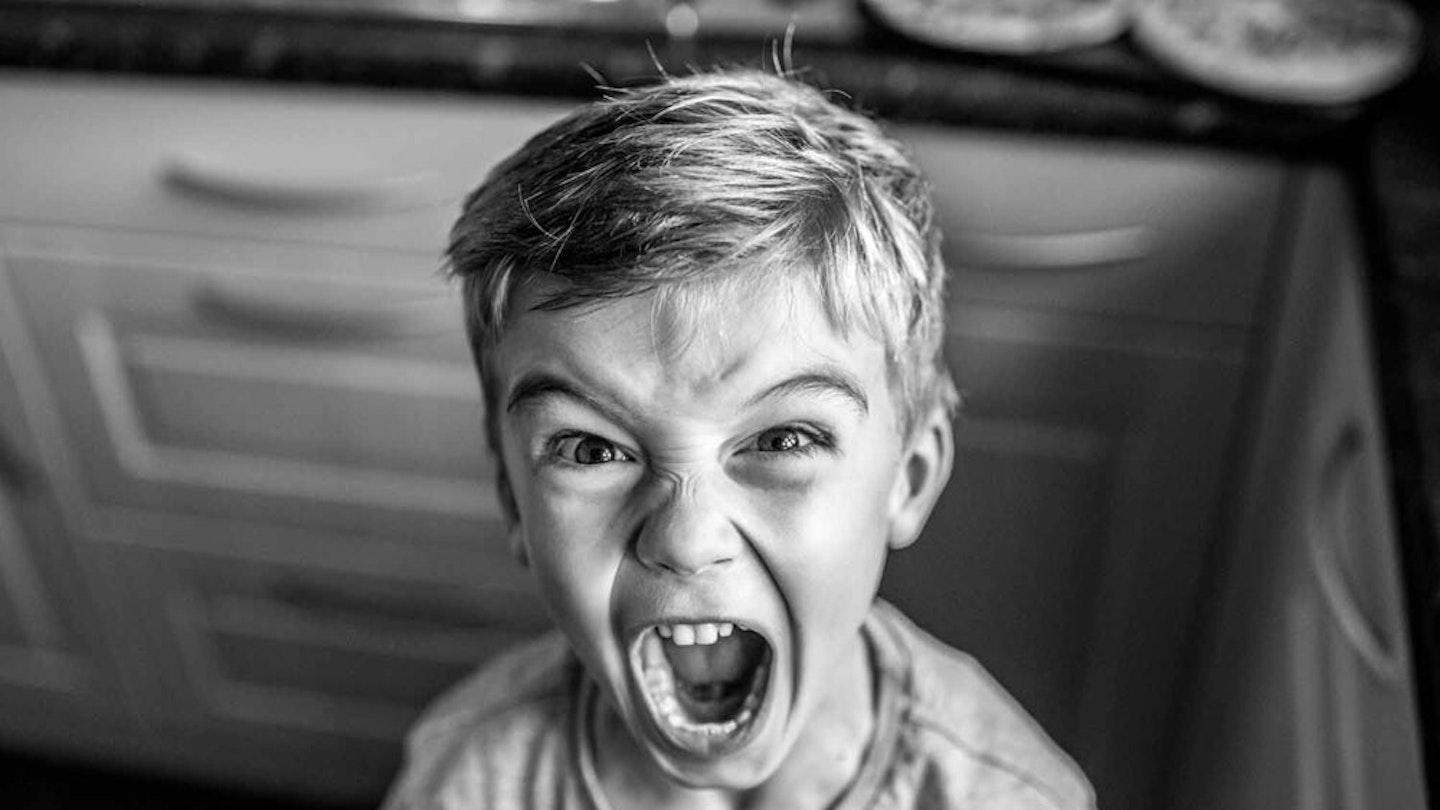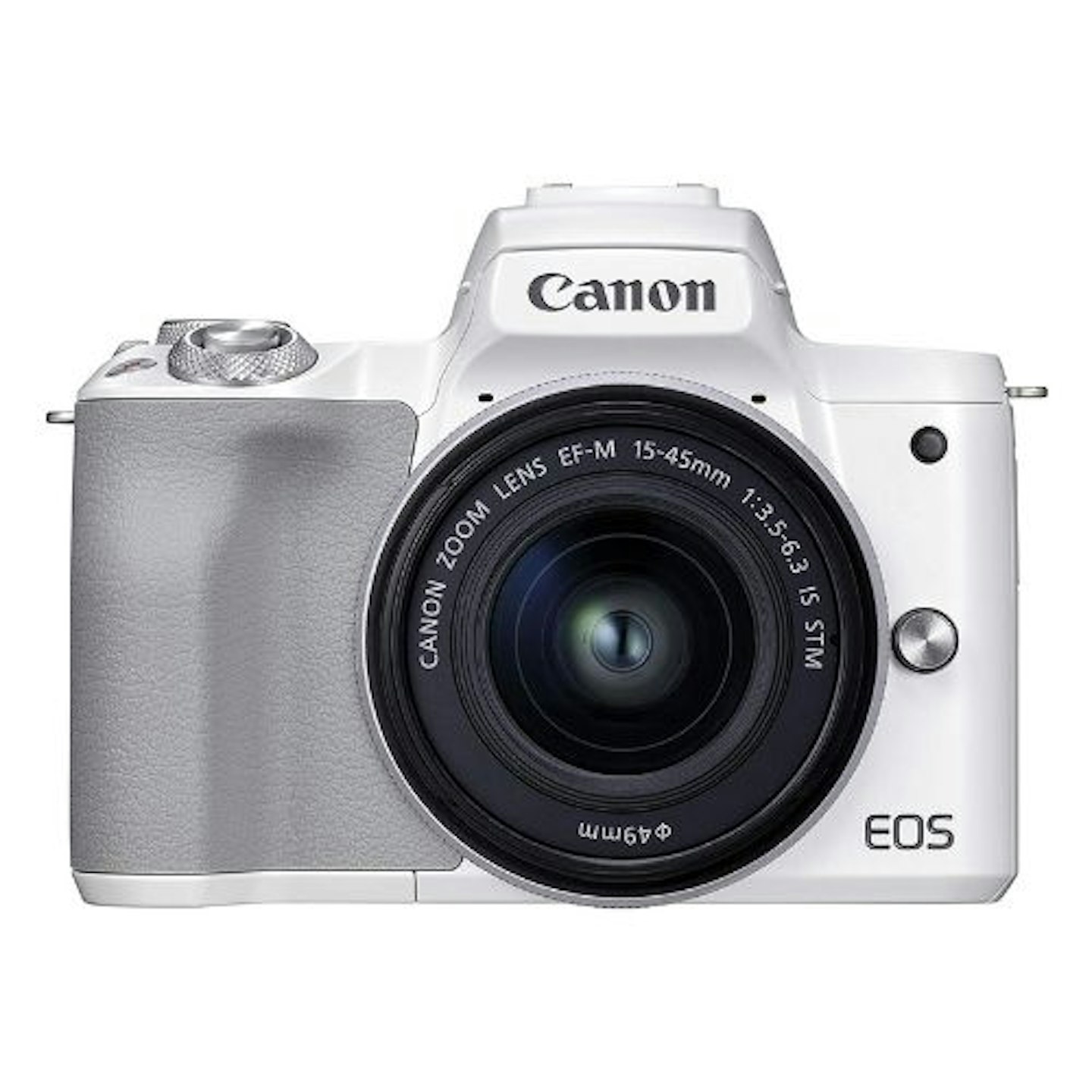Photographing people encompasses such a wide realm of expressive and creative possibilities. It can also be one of the least taxing genres in terms of the best camera performance. That said, recent advancements in mirrorless technology, such as expanded focusing zones and automatic Eye AF, have made framing the perfect shot a much less daunting prospect.
We’ve picked out these three superb budget-friendly cameras that all offer similar benefits to their professional alternatives but won’t make the same dent in your bank balance. Each of these cameras has a form of Eye AF, with the Fujifilm X-T30 even being up there among the best on the market. They also have the added bonus of being compact and reliably discreet – perfect for grabbing those candid shots at weddings or documenting travel through local city streets and far-away lands without drawing unnecessary attention.
Best budget cameras for portrait photography 2024
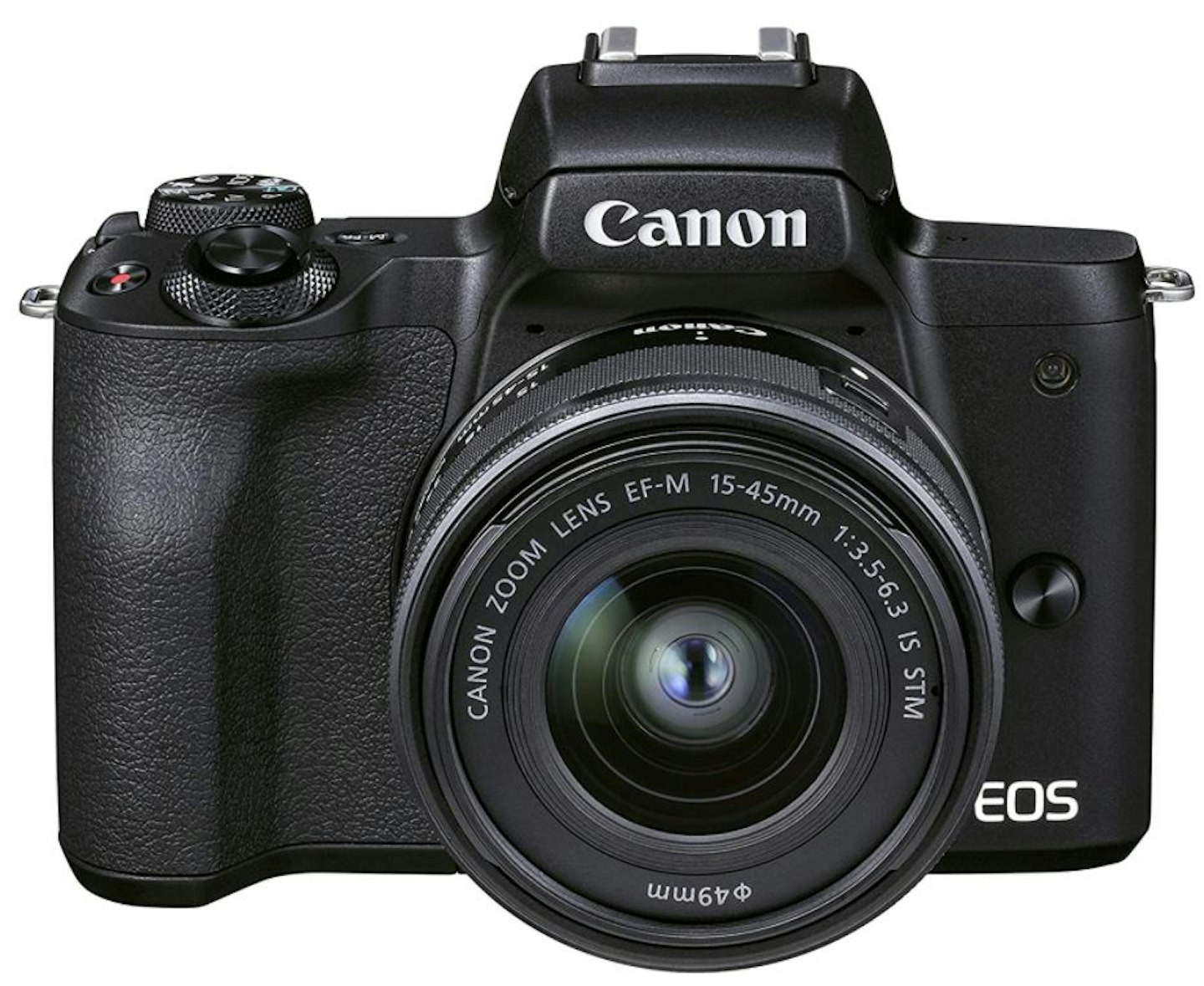
Canon’s advanced mini mirrorless features a 24.1MP APS-C sensor, DIGIC 8 processor and up to 10fps continuous shooting. In fact, one of the major upgrades the MkII has over the MkI M50 is the autofocus. The MkII can constantly refocus and track its subject.
However, it’s the 180° tilting vari-angle touchscreen that we’re most interested in. This fully articulated flip-out screen is ideal for framing subjects from any angle, as well as getting in on the action yourself – if you’re into that sort of thing.
The autofocus system packs in 99 points, or up to 143 depending on your lens. It lacks a joystick for navigating, though allows for Touch and Drag AF, which works in tandem with the screen allowing you to select a focus point by touch.
What makes the M50 MkII very appealing is its versatility. It's light (under 400g) and compact; very good at video (4K at 25fps or FHD at 60fps), and has a raft of filters and advanced photography scene modes from which you simply select the scene and shoot, letting the camera choose the optimum settings.
| Size: | 116 x 88 x 59mm |
| Battery: | 250 shots |
| Card type: | SD - SDHC, SDXC (UHS-I compatible) |
| Weight: | 387g |
| Autofocus: | 143-point phase detect with face tracking and eye AF |
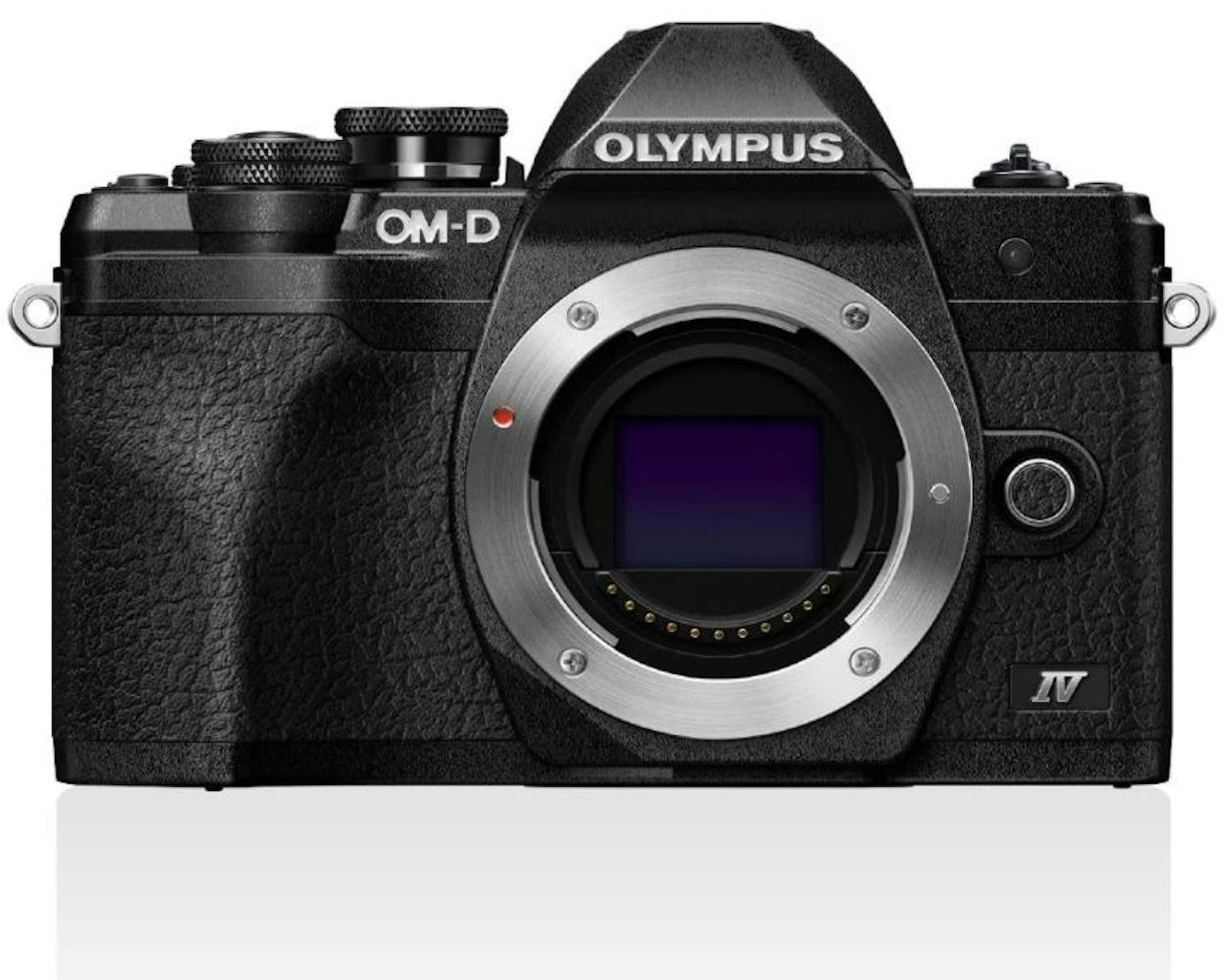
If you’re looking for a great compact that has a ‘go anywhere, do anything’ capability, this may be perfect for you. The MkIV has wonderful usability for casual users but impressive specs for those demanding high-quality photos.
The five-axis image stabilisation is fantastic. Whether for portraits or nighttime city skylines, the image stabilisation is an excellent feature to make use of. Additionally, there are a lot of filters and advanced photography modes that help add some arty originality to your shots. The screen flips down to face forward to make selfies a breeze too.
When paired up to the M.Zuiko Digital ED 17mm F1.2 PRO lens, this camera really impresses for portraits. This lens weighs more than the camera itself but still light at 390g. With this lens, you can opt for super clarity or bokeh, but the Eye Detection AF will always keep the subject in sharp focus.
We also like Olympus' Ol. Share app. Yes, it does the usual photo-sharing stuff, but more importantly, offers tips and tutorials.
| Size: | 121 x 85 x 49mm |
| Battery: | 360 shots |
| Card type: | SD - SDHC, SDXC (UHS-I or UHS-II compatible) |
| Weight: | 383g |
| Autofocus: | 121-point with Eye AF |
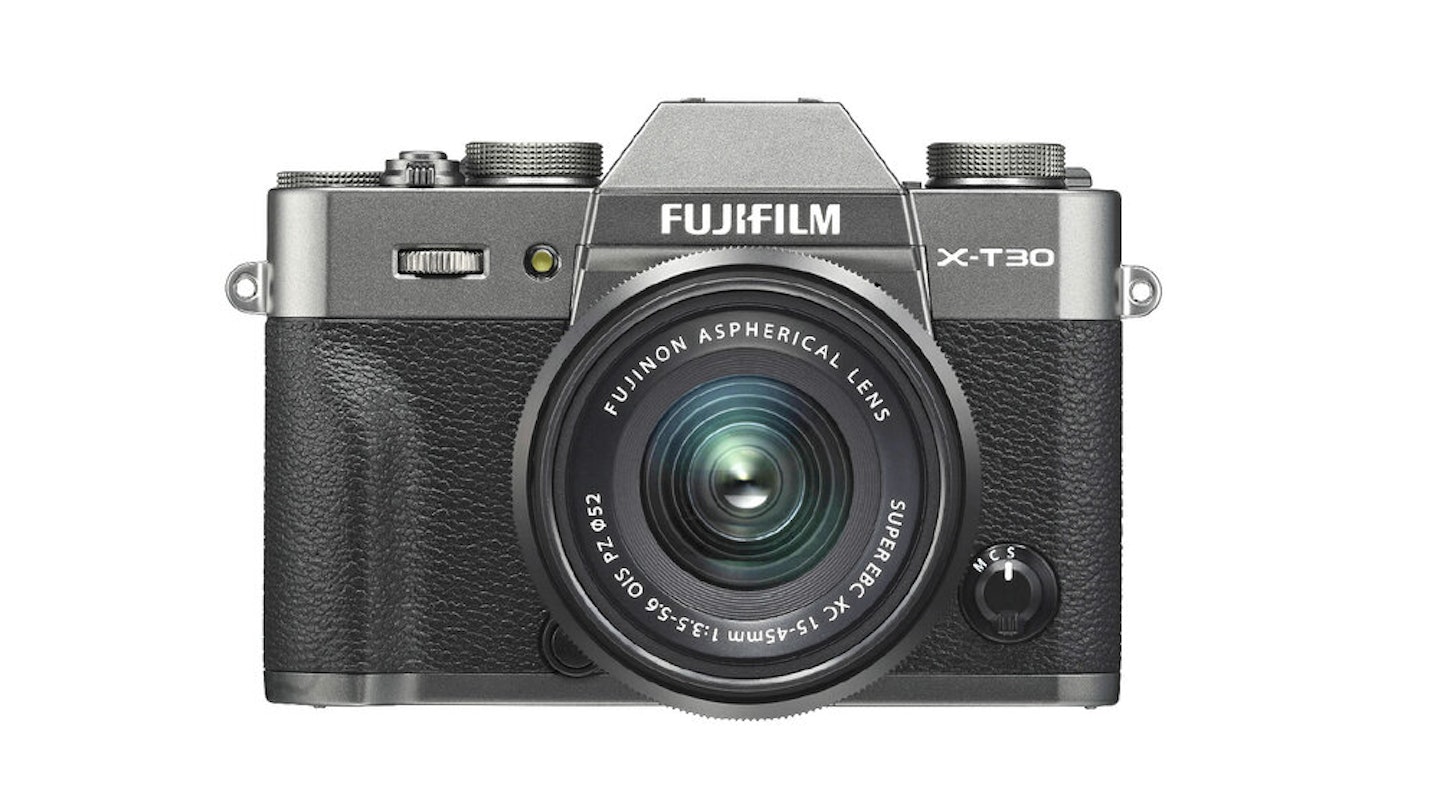
www.wexphotovideo.com
Fujifilm is fast building a reputation as the king of APS-C, and the X-T30 bears this mantle well. With its 26.1MP BSI sensor, it not only takes great shots, but also has one of the nicest out-of-camera colour renditions on the market. Thanks to a range of 16 Film Simulations, the X-T30 can reproduce classic film looks from Fujifilm’s old film recipes, meaning you needn’t shoot in RAW for excellent results.
As well as stunning colour, you’ll also find a belter of an AF system, with 425 points of phase-detect AF covering almost 100% of the frame. This includes the latest revision to the company’s Eye AF system, which does a fantastic job of singling out your subject’s iris and capturing pin-sharp shots.
There’s a rather solid ISO range of 160-12,800, and the X-T30 does a great job when shooting in low-light environments. The 3in 1040k-dot tilting touchscreen is also perfect for getting creative with your framing, and the handy Advanced SR Auto scene recognition helps to ensure the perfect settings for your portraits every time.
| Size: | 118 x 83 x 47mm |
| Battery: | 380 shots |
| Card type: | SD - SDHC, SDXC |
| Weight: | 383g |
| Autofocus: | 425-point phase detect with Eye AF |
The EOS M50 MkII is a small thing, especially for a camera with a medium-sized APS-C sensor. The EOS M50 MkII is about the same size as an Olympus OM-D E-M10, which uses a smaller Micro Four Thirds sensor.
Image quality is tremendous for an entry-level camera. You have the tried and proven 24.1-megapixel APS-C sensor to thank for that. It also gives you decent quality in low light and colours are made vivid with a high dynamic range. It’s a classic Canon in this department.
Read our full Canon EOS M50 MkII review
| Size: | 170 x 168 x 137mm |
| Battery: | 305 shots |
| Card type: | SD - SD, SDHC, SDXC (UHS-I compatible) |
| Weight: | 387g (body only) |
| Autofocus: | Dual Pixel CMOS AF |
How we tested the cameras:
Image quality: Despite featuring three different sensor sizes, we ensured that each camera was capable of capturing great shots in their given genres, including dealing with higher ISO and producing pleasing colours.
Functionality and use: We divided our camera recommendations into separate categories and based our rankings on each camera’s genre-specific abilities. So, for portraits, the Eye AF was a major bonus, while dynamic range helped in landscape shooting and speed in action photography.
Suggested camera settings for portrait photography:
ISO: You want your ISO set as low as possible. In natural light, it should be set to the lowest setting of ISO 100 or so. Having the ISO low gets rid of any grainy 'noise'.
Aperture: Aperture at the right setting will get your subject at the centre of attention in your shot with a nicely blurred background. There is quite a lot to getting the aperture correct, depending on the type of portrait you intend to take. Digital Photography School has a very handy guide on this topic.
Shutter speed: The old rule of thumb was that your should set your shutter speed at twice the focal length of the lens. But because mirrorless cameras have image stabilisation, it's not quite the case anymore. Instead, take a couple of test shots and adjust the shutter speed accordingly.
Remember, there are many useful tutorials out there to give you a helping hand with portrait photography.
Subscribe to the What’s The Best Newsletter to keep up to date with more of the latest reviews and recommendations from the rest of the What’s The Best team.
